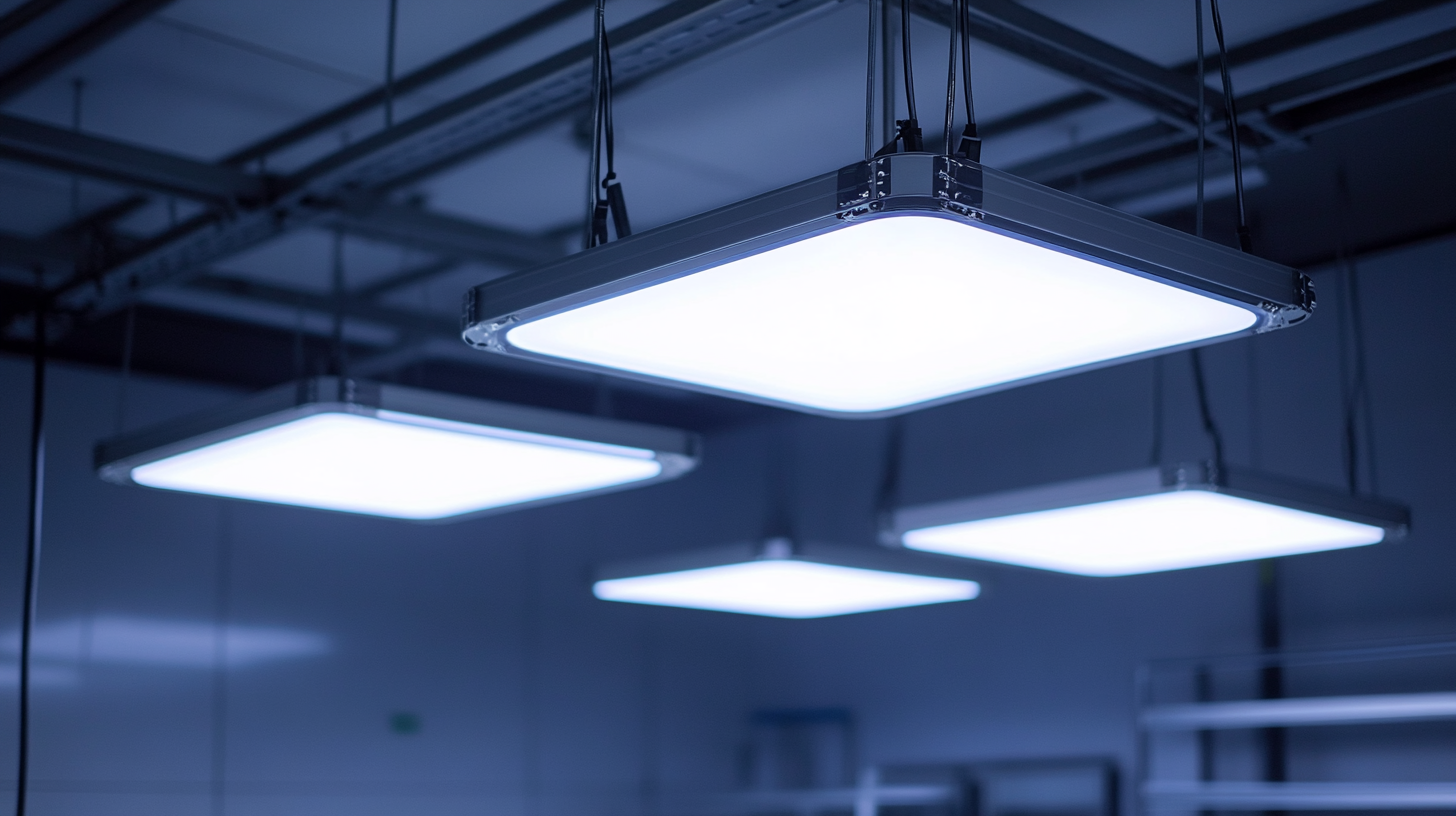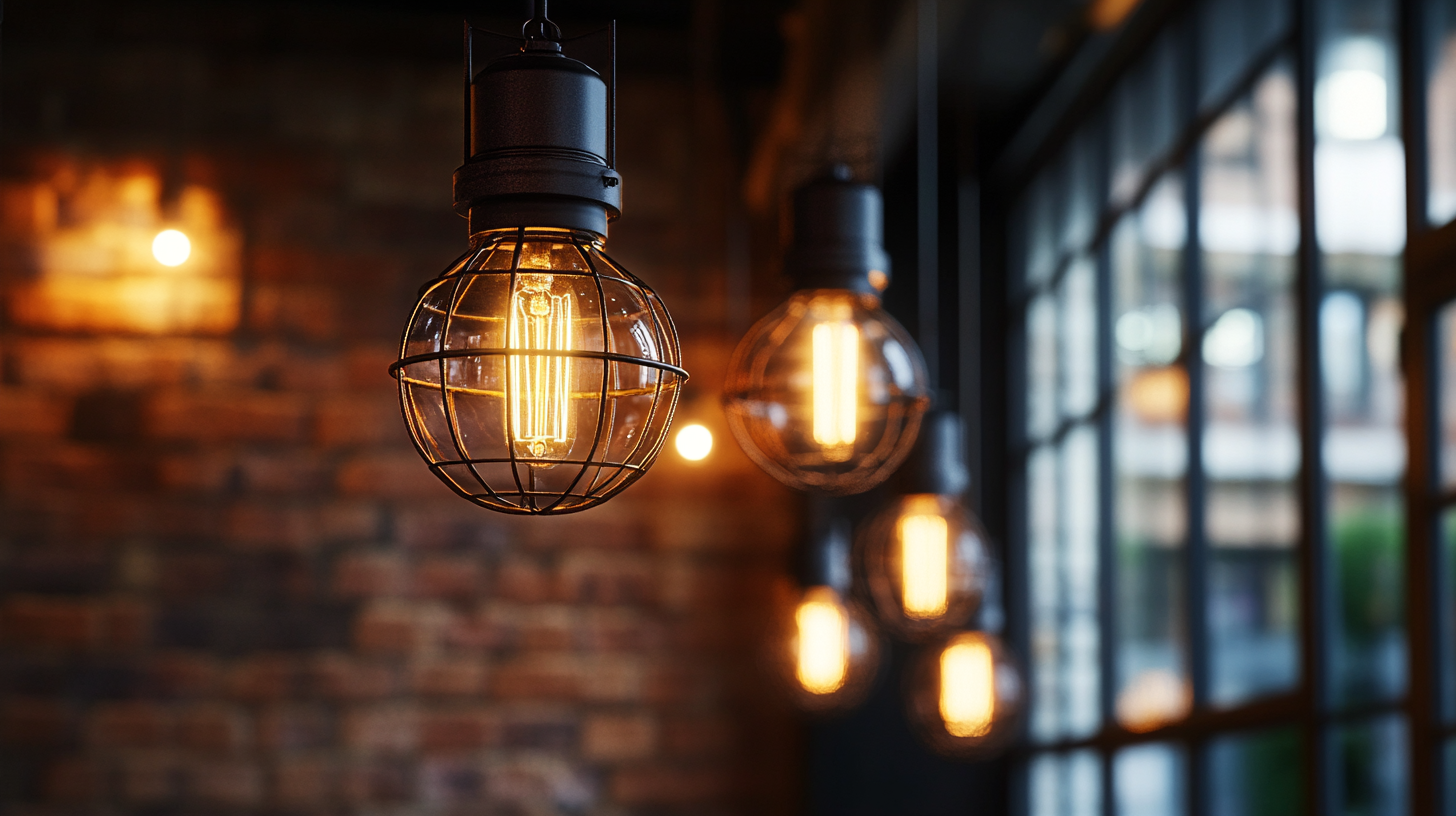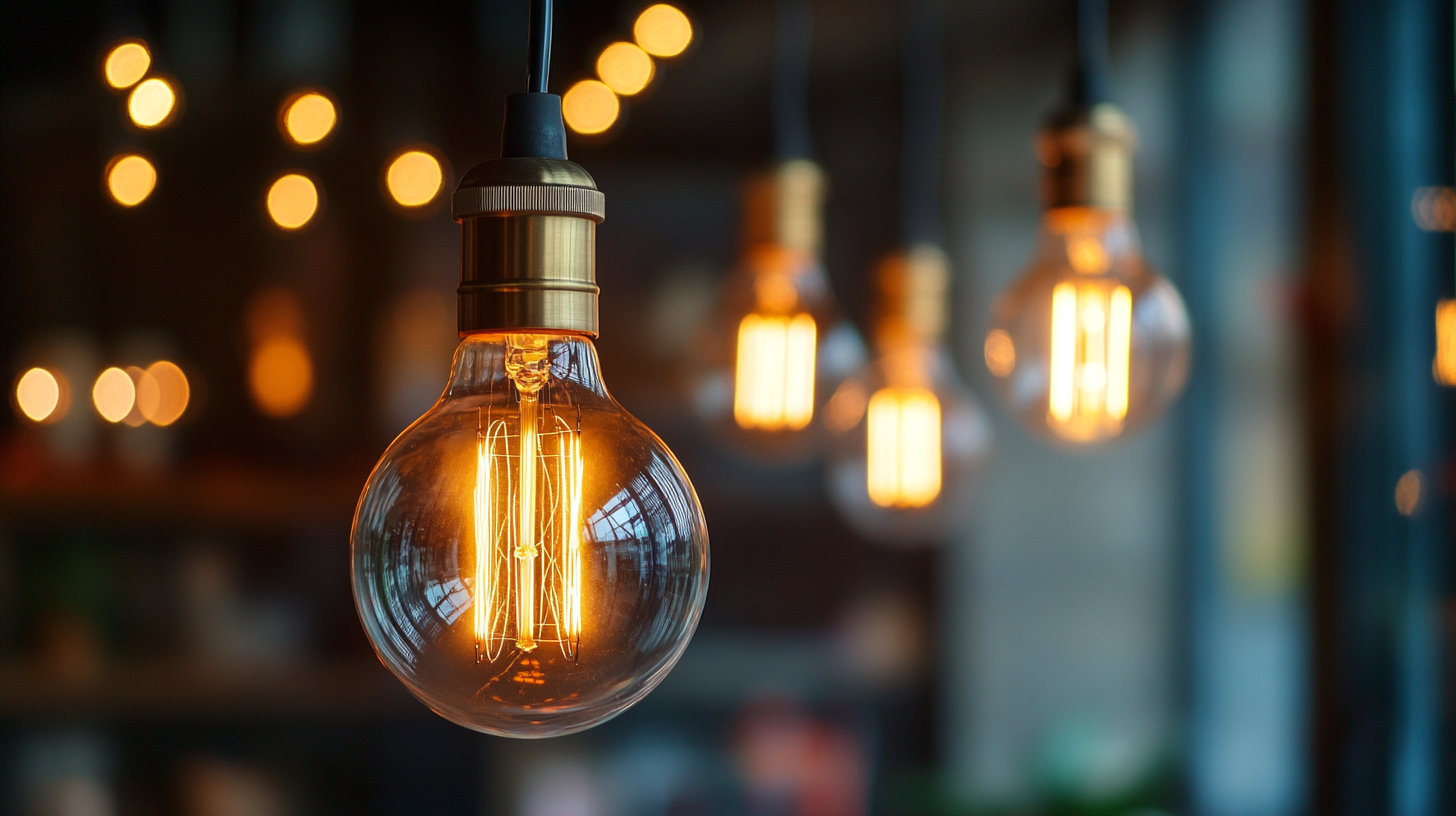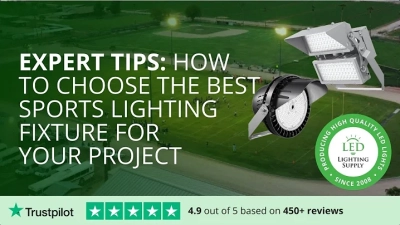5 Essential Tips for Choosing the Right Industrial Led Light Fixtures
In today’s industrial landscape, selecting the right lighting solutions is crucial for ensuring both efficiency and safety in the workplace. Among the various available options, Industrial LED light fixtures stand out as a leading choice due to their energy efficiency, longevity, and versatility. However, with the multitude of products on the market, choosing the right fixtures can be a daunting task. This article aims to simplify that process by providing essential tips that cater specifically to the unique needs of industrial environments.
When it comes to Industrial LED light fixtures, the decision extends beyond mere aesthetics; it involves understanding specific operational requirements, maintenance considerations, and the overall ambiance needed for productivity. This blog will guide you through key factors such as lumen output, energy efficiency ratings, and environmental considerations, ensuring that you make an informed choice that not only enhances visibility but also contributes to the sustainable practices of your industrial setting. Whether you're upgrading existing fixtures or outfitting a new facility, our tips will help you illuminate your space effectively and efficiently.

Understanding the Different Types of Industrial LED Light Fixtures
When choosing industrial LED light fixtures, it's essential to understand the various types available in the market. LED lights are widely recognized for their energy efficiency, typically using 90% less electricity than incandescent bulbs, while lasting up to 25 times longer. This shift to LEDs has sparked significant innovations within the lighting industry, evidenced by the remarkable growth of the horticulture lighting market, which is projected to surge from USD 3.7 billion in 2023 to USD 10.4 billion by 2028, at a compound annual growth rate (CAGR) of 22.4%.
Different types of industrial LED fixtures serve diverse applications. For example, linear LED strip fixtures are gaining traction in retail and hospitality sectors, providing flexible lighting solutions tailored to specific needs. These fixtures can be categorized by output voltage—commonly available in 12V or 24V—making them adaptable for numerous settings. As cities increasingly replace traditional bulbs with brighter LEDs, it’s vital to consider not just energy savings but also potential challenges such as light pollution, particularly from blue LEDs, which have sparked concerns due to their glare.
Understanding the specifications and application capabilities of different industrial LED fixtures can significantly impact overall lighting efficiency and effectiveness. It's crucial for businesses to evaluate their specific requirements and the intended environment to maximize the benefits provided by modern LED lighting technologies. With the ongoing evolution in this field, staying informed on market trends and innovations will help in making the right choices for industrial lighting needs.
Evaluating Brightness and Lumens for Your Space Requirements
When selecting industrial LED light fixtures, understanding brightness and lumens is paramount. Lumens measure the total amount of visible light emitted by a source, providing insight into how well a fixture will illuminate a space. According to the U.S. Department of Energy, LED technology offers significantly higher lumens per watt compared to traditional lighting options, making it an energy-efficient choice. For instance, while a 100-watt incandescent bulb emits roughly 1600 lumens, an LED equivalent might only require about 14-16 watts to produce the same output, showcasing the advantages of modern lighting solutions.
Evaluating the brightness needed for different environments is crucial; areas with heavy machinery or intricate tasks may need higher lumen levels to ensure safety and productivity. The Illuminating Engineering Society (IES) suggests that industrial spaces have varying requirements: general areas might need 200-300 lux, while detailed working areas can require upwards of 800 lux. By calculating the total area of the space and the desired lux level, facility managers can determine the appropriate lumens needed, optimizing visibility without excessive energy use.
In addition to lumens, it’s important to consider color temperature, which affects both the aesthetic and functional ambiance of a space. Research indicates that cooler color temperatures (5000K-6500K) enhance alertness and concentration, making them suitable for manufacturing environments, while warmer temperatures (3000K-4000K) might be more appropriate for employee break areas. Thus, aligning lumen output with color temperature ensures not just illumination but also a conducive working atmosphere.
Brightness Comparison of Different Industrial LED Light Fixtures
Assessing Energy Efficiency and Long-Term Cost Savings
When it comes to choosing industrial LED light fixtures, assessing energy efficiency is crucial for maximizing long-term cost savings. Industrial lighting systems account for a significant portion of energy consumption in facilities, with studies indicating that lighting can represent up to 40% of an industrial plant’s total energy use. The Right fixtures can drastically reduce this percentage.
One of the most compelling advantages of LED lighting is their energy efficiency compared to traditional incandescent or fluorescent options. According to the U.S. Department of Energy, LEDs use at least 75% less energy and have a significantly longer lifespan than conventional bulbs. For instance, while a standard 100-watt incandescent bulb may only last for about 1,000 hours, an LED equivalent could last up to 25,000 hours or more, which translates to fewer replacements and lower maintenance costs.
In terms of cost savings, adopting LED lighting can lead to substantial financial benefits. A report from the Lawrence Berkeley National Laboratory cites that facilities upgrading to LED technology can save between 20% to 50% on their lighting energy bills. Additionally, thanks to their durability and longer life cycle, LED fixtures can result in reduced disposal costs. Thus, while the initial upfront investment might be higher than other options, the long-term savings generated through energy efficiency make LEDs an excellent choice for industrial settings.
5 Essential Tips for Choosing the Right Industrial Led Light Fixtures - Assessing Energy Efficiency and Long-Term Cost Savings
| Tip | Description | Energy Efficiency (Wattage) | Cost Savings (Annual) |
|---|---|---|---|
| 1. Assess Lighting Needs | Evaluate the space and determine the required brightness levels. | 20 - 50W | $100 |
| 2. Consider Lifespan | Choose fixtures with a longer lifespan to reduce replacement costs. | 40 - 60W | $150 |
| 3. Look for Energy Star Ratings | Select lights that meet Energy Star criteria for efficiency. | 30 - 40W | $120 |
| 4. Check for Dimmability | Dimmable lights can lead to greater energy savings and flexibility. | 25 - 45W | $110 |
| 5. Factor in Maintenance | Consider maintenance requirements and costs when selecting fixtures. | 15 - 35W | $90 |
Considering Durability and Environmental Conditions
When selecting industrial LED light fixtures, considering durability and environmental conditions is crucial. Industrial settings often expose lighting fixtures to harsh conditions such as extreme temperatures, moisture, dust, and corrosive substances. According to a report by the Lighting Research Center, environments like warehouses and factories can see temperature fluctuations between -20°C to 50°C. Standard LED fixtures may fail under these conditions, leading to increased maintenance costs and downtime.
To ensure longevity and optimal performance, it is recommended to choose fixtures with high ingress protection (IP) ratings, ideally IP65 or higher. These ratings indicate a fixture’s ability to withstand dust and water. Additionally, the materials used in the construction of the lighting should be robust; for example, die-cast aluminum housings can resist corrosion and impact damage. A study by the U.S. Department of Energy highlights that high-quality LED fixtures can last for over 50,000 hours, but only if they are designed to endure the specific demands of their environment.
Beyond protection against physical elements, thermal management also plays a significant role in the durability of LED fixtures. Adequate heat dissipation is essential to prevent overheating, which can lead to premature failure. Fixtures equipped with heat sinks or designed for optimal airflow can significantly extend service life. As per a report by the National Electrical Manufacturers Association, poor thermal management is one of the leading causes of LED failure in industrial applications, underscoring the importance of these design features in selecting the right lighting solutions.

Exploring Installation and Maintenance Options for LED Fixtures
When it comes to industrial LED light fixtures, understanding installation and maintenance options is crucial for maximizing their performance and longevity. Proper installation begins with assessing the specific needs of your facility, including the layout, size, and type of tasks being performed. Hiring a professional installer familiar with LED technology can ensure that fixtures are mounted correctly for optimal light distribution while adhering to safety norms. Additionally, consider options like dimmable fixtures or smart controls that can enhance functionality and energy savings.
Maintenance is equally important in preserving the efficiency of your LED lighting system. Unlike traditional bulbs, LEDs can have an exceptionally long lifespan, but they are not maintenance-free. Regular cleaning is essential to remove dust and debris that can obstruct light output. It's also wise to periodically inspect the fixtures and their electrical components to identify any potential issues before they escalate. Some manufacturers offer advanced monitoring systems that can alert you to performance changes, allowing for timely intervention and minimizing downtime. By prioritizing these installation and maintenance strategies, you can ensure that your industrial LED lighting remains effective and cost-efficient for years to come.










